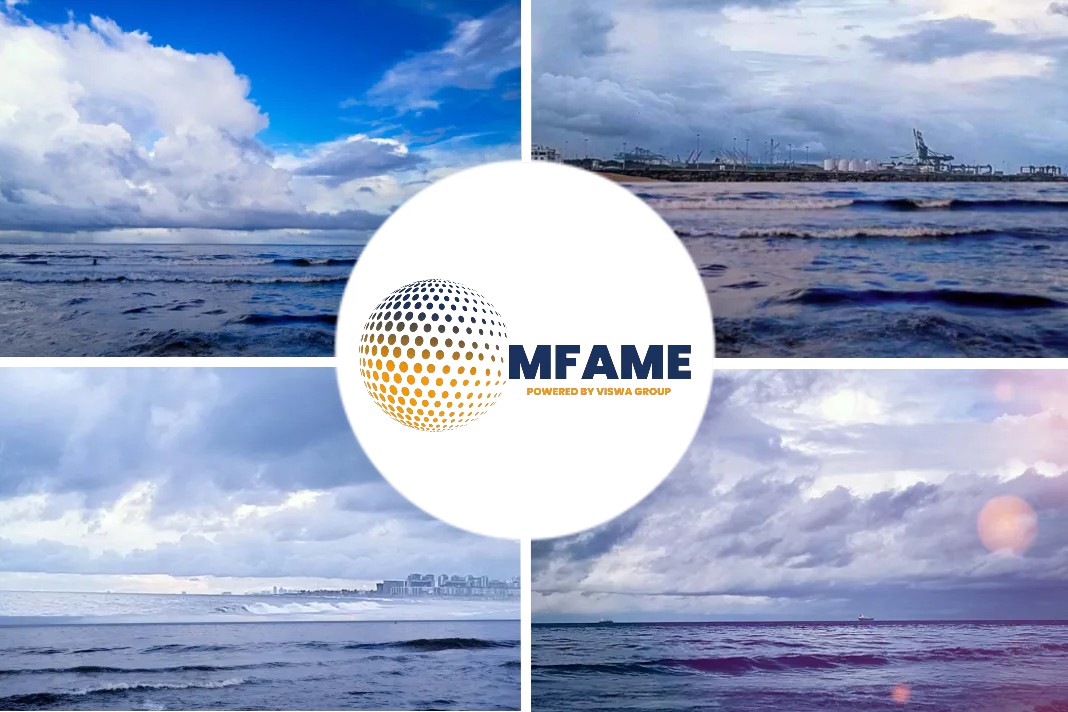Upside potential remains for tanker asset values, but downside risks are coming into sharper focus, says Gibson Shipbrokers’ weekly tanker market report, reports Riviera.
Surging container ship values
Over the past few years, tanker owners have watched container ship values surge to unbelievable levels, while their own values have struggled against a backdrop of weaker fuel demand following the pandemic.
However, gradually recovering oil consumption and the fallout from Russia’s aggression in Ukraine has propelled spot earnings and, with that, secondhand values to levels not seen in over a decade. Newbuild prices had already firmed due to tighter yard availability and cost inflation; however, secondhand prices, which are more closely linked to near-term spot market developments, only started to gain momentum at the end of last year, partly supported by increased optimism around oil demand and a declining orderbook.
Long delivery lead times, uncertain regulations and high yard pricing have also made secondhand tonnage a more attractive proposition, given the shorter investment timeline and prompt delivery a secondhand vessel offers. So, what factors might support further rises in values, and is the bubble about to burst?
For context, secondhand (five-year-old) MR values faced a downward trend through much of 2020, before stabilising in 2021 and growing impressively from US$29M in December to US$34M at the time of writing. In fact, US$34M for a five-year-old MR tanker today exceeds the price of a newbuild MR back in January 2021, and overall represents a 17% increase in the last 18 months. Aframaxes have shown even more impressive price rises, with five-year-old values rising 50% since January 2021 to US$51M, exceeding newbuilding prices seen in early 2021.
Reasons for the surge
Yet prices could still be driven higher. Clearly, asset values will remain supported while the spot markets continue to be exceptionally strong. However, other factors could be equally as impactful. The implementation of a Russian oil embargo and a corresponding Western insurance ban will prevent many owners who are currently willing to transport Russian oil from doing so. As we move closer to December, it is likely increased sale and purchase activity will occur for buyers based in Russia, the Middle East and Asia, which will continue to support prices and mark a continuation of a trend already seen since the invasion.
Conversely, any easing of sanctions against Iran or Venezuela could have the opposite effect. If sanctions against these countries were to be removed, much of the current fleet servicing these trades could migrate into Russian business – another trend observed to some extent already.
There is also the question as to whether Europe has the resolve to press ahead with its Russian oil embargo and insurance ban at the end of the year, having recently softened current sanctions relating to Russian energy exports. Such an embargo could become even more difficult to enact if Iranian and Venezuelan barrels remain off the market.
Finally, there is the wider macroeconomic picture. Slowing global growth and recessionary fears all have the potential to lower demand for tankers and thus impact asset values, and, while most major forecasting agencies still predict growth, consumer and business confidence continues to decline.
Ultimately, there is still the potential for a further upside in tanker asset values; however, increasingly, the downside risk is coming into focus. Owners can take comfort from a low orderbook and be encouraged by the reallocation of trade prompted by Russia’s invasion of Ukraine, yet how they balance this against the broader macroeconomic picture will ultimately depend on their appetite for risk.
Did you subscribe to our daily Newsletter?
It’s Free! Click here to Subscribe
Source: Riviera



















